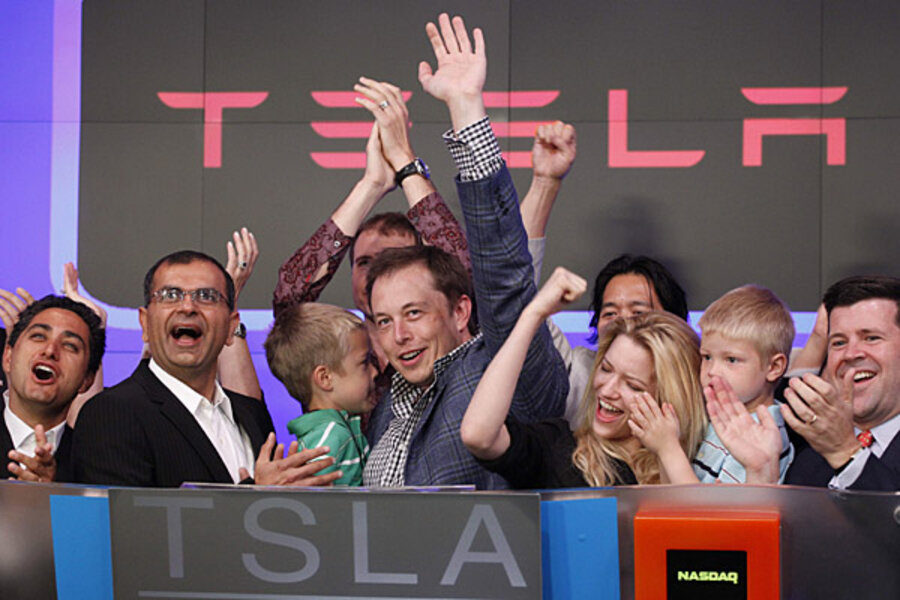Tesla Motors CEO says NYT rift cost company millions
Loading...
The strange and curious case of The New York Times versus Tesla just won’t seem to go away. What was supposed to be a tech piece on Tesla’s new Supercharger fast-charging stations, written by N.Y. Timesreporter John Broder, turned into fuel for the range-anxiety bonfire when the electric Model S sedan reportedly left Broder stranded.
Tesla’s [NSDQ:TSLA] Elon Musk quickly fired back, denying that the facts were as Broder had presented them. The Tesla CEO soon backed up his allegation with data logs from the drive, showing that all was not as the reporter had written.
Ultimately, neither side backed down, although an editor from The New York Times did admit that Broder’s data (scrawled in a leather-bound notebook) couldn’t match the accuracy of Tesla’s data (compiled in lurid detail by computer). In the end, both sides seemed to agree to disagree.
At least until Monday, when Musk put a price on the damage done by The New York Times article. Bloomberg quotes Musk as saying, “It probably affected us to the tune of tens of millions, to the order of $100 million.”
By Monday, Tesla’s stock had dropped around 12-percent in value since The New York Times article ran. On February 8, a share was priced at $39.24, but by yesterday afternoon this had dropped to $34.38, reducing Tesla’s market capitalization by an estimated $553 million according to Bloomberg.
Musk also believes the article cost his company “a few hundred” Model S orders, which won’t help the electric automaker reach its stated goal of 20,000 sales in 2013. Each Tesla Model S delivered results in average incremental sales of two more cars, so a loss of 200 sales is a potential loss of 600 total sales.
Musk still predicts that Tesla will be profitable in the first quarter of 2013, so in the grand scheme of things perhaps The New York Times article wasn’t that damaging after all. For better or for worse, it’s kept the Tesla brand in the spotlight since February 8.







